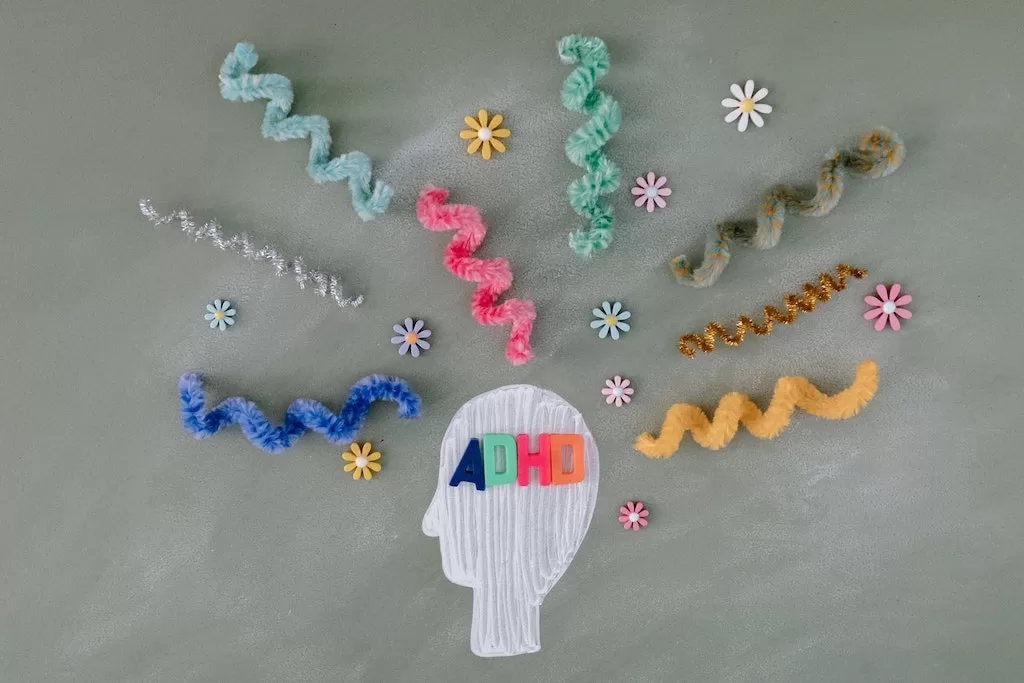ADHD: LACK OF KNOWLEDGE AND FUNDING MAJOR BARRIERS TO DIAGNOSIS
4th Southern African Multidisciplinary ADHD Congress
Virtual 30 August – 2 September 2023
Interested media can attend free of charge – please contact Linda Christensen should you wish to attend any of the sessions

Attention-deficit hyperactivity disorder (ADHD) is the most common psychiatric disorder in children, affecting approximately 1 in 20, and follows about 65% of them into adulthood, affecting about 1 million adults in South Africa.[i]
However, ADHD is a condition often misdiagnosed and plagued by myths and misunderstandings, particularly regarding treatment. The condition hampers sufferers’ educational performance, self-esteem, relationships, and work productivity, and leads to increased risk of other psychiatric disorders, reduced social functioning, delinquency, and substance abuse.
At the 4th South African Multidisciplinary ADHD Congress held 30 August to 2 September, hosted by Stellenbosch Business School in partnership with the Goldilocks and the Bear Foundation*, international and local multi-disciplinary professionals comprising of psychiatrists, paediatricians, general practitioners, psychologists, and occupational therapists will gather virtually to present the latest research and optimal management insight of ADHD.
Congress convenor and Head of Healthcare Leadership at Stellenbosch Business School, Prof Renata Schoeman, says lack of knowledge and funding for treatment are two of the main access barriers to diagnosis and treatment.
“It is estimated that 17% of children and adolescents face mental health challenges in low- and middle-income countries whilst half of all mental health disorders develop before the age of 14. However, only 1% of all psychiatric services are dedicated to child and adolescent mental health.”
“Lack of awareness of ADHD and other mental health difficulties, overburdened healthcare services, and the stigma surrounding mental health, impedes the early identification of, and intervention for ADHD and comorbid disorders.”
“The congress aims to, given the prevalence of ADHD, as well as the impact undiagnosed and untreated ADHD has on the scholastic, occupational, emotional, financial and social well-being of individuals with ADHD, highlight the importance of advocacy and access to treatment.”
Prof Schoeman says in countries such as South Africa, only 5% of the health budget (13.8% of the GDP) is allocated to mental health.
“In Africa, the average number of psychiatrists is 0.05/100 000 population, whilst in Europe it is 9/100 000 population.[ii] Most African countries also have no mental health policies, programs, or action plans. Lack of awareness of mental health conditions, insufficient financial and human resources, widespread civil strife and violence, and emigration, further contribute to the challenge.”
Prof Schoeman says 40 different ADHD-related sessions will be presented at the congress which serves as a platform for medical professionals to share the latest research, and engage in critical discussions and debates in bridging the knowledge gap and barriers to accessing treatment.
“Over the years the congress has been a springboard for renewed interest in research in the field, as well as provided opportunities of upskilling and engaging with healthcare professionals, ultimately improving the outcome of all individuals with ADHD in our unique (Southern) African context.”
ADHD is characterised by a persistent pattern of inattention, hyperactivity and impulsivity that impair development and functioning, and are often coupled with behavioural, academic, social and emotional problems that can lead to difficulties in interpersonal relationships and in school and work performance.
Signs of inattention include difficulty in staying focused, wandering off tasks, lacking persistence, being disorganised, poor time management and procrastination.
Hyperactivity refers to excessive, inappropriate activity such as constantly fidgeting, children talking or leaving their seat in class, often “on the go” and having difficulty playing quietly; while impulsivity shows in poor self-control such as a short temper, social intrusiveness, making spur-of-the-moment decisions without considering the consequences, and addictive behaviours.
“Although some children appear to ‘outgrow’ ADHD, the condition does continue into adolescence in most cases and it is more a case of some becoming more skilled in managing the symptoms and, as adults, compensating for their ADHD-related impairment through lifestyle and career choices,” says Prof Schoeman.
“ADHD can continue to have a severe impact, with many adults with ADHD going untreated for most of their lives while being at increased risk of other psychiatric conditions, substance abuse and work-related problems caused by their poor time management and organisational skills.”
Prof Schoeman emphasises the importance of consulting a health professional such as a paediatrician, psychiatrist, or psychologist for a formal diagnosis of ADHD, and to determine whether there are other causes for the symptoms (such as sleep deprivation, depression, anxiety, excessive screentime, or medical conditions), and to obtain appropriate treatment.
“The negative impact of ADHD on a person’s overall quality of life can be substantially improved with the correct diagnosis and effective, multi-modal treatment, including medication, behavioural therapy and social and educational support.”
To register for any part of the virtual congress visit online
*The Goldilocks and The Bear Foundation
Founded in 2017, the registered non-profit and public benefit organisation provides free ADHD and mental health screening and early intervention for children from underprivileged communities as well as ADHD training to teachers, healthcare workers, and parents. Through improving mental health, the Foundation aims to remove these barriers to education and in doing so improve the quality of life and opportunities for children in impoverished communities, and to develop resilient, resourceful children.
REFERENCES





























